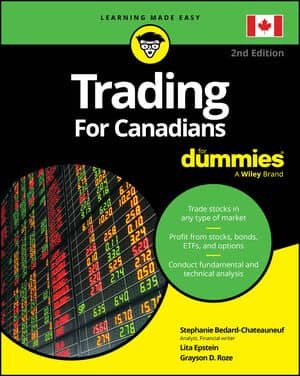Day trading in derivatives is a little different than trading in other types of securities because derivatives are based on promises. When someone buys an option on a stock, they aren’t trading the stock with someone right now; they’re buying the right to buy or sell it in the future.
The option buyer needs to know that the person on the other side is going to pay up. Because of that, the derivatives exchanges have systems in place to make sure that those who buy and sell the contracts will be able to perform when they have to. Requirements for trading derivatives are different than in other markets.
How derivatives trade
The word margin is used differently when discussing derivatives. Margin in the derivatives market is the money you have to put up to ensure that you’ll perform on the contract when it comes time to execute it. In the stock market, margin is collateral against a loan from the brokerage firm. In the derivatives markets, margin is collateral against the amount you may have to pay up on the contract.
The more likely it is that you will have to pay the party who bought or sold the contract, the more margin money you have to put up. Some exchanges prefer to use the term performance bond instead of margin.
To buy a derivative, you put up the margin with the exchange’s clearing house. That way, the exchange knows that you have the money to make good on your side of the deal — if, say, a call option that you sell is executed or you lose money on a currency forward that you buy. Your brokerage firm arranges for the deposit.
At the end of each day, derivatives contracts are marked-to-market, meaning that they are revalued. Profits are credited to the trader’s margin account, and losses are deducted. If the margin falls below the necessary amount, the trader gets a call and has to deposit more money.
By definition, day traders close out at the end of every day, so their options are not marked-to-market. The contracts are someone else’s problem, and the profits or losses on the trade go straight to the margin account, ready for the next day’s trading.
Where derivatives trade
All the derivatives exchanges offer electronic trading services. As electronic trading has become more popular, it has caused much restructuring and consolidation among the exchanges.
Chicago Board Options Exchange (CBOE)
The Chicago Board Options Exchange, CBOE (pronounced see-bo), is the largest options market in the United States. This is where orders for stock options are traded. Brokerage firms use floor brokers in the trading pits or the CBOE’s electronic trading system to handle customer orders.
The CME Group
The CME Group is made up of the Chicago Board of Trade (CBOT), the Chicago Mercantile Exchange (CME, also called the Merc), and the New York Mercantile Exchange (NYMEX). The three exchanges merged in 2008.
The combined CME Group offers a suite of products, known as their E-mini contracts, for smaller traders. These products allow day traders to play in different agricultural and financial markets without as much margin as would be required for full-sized CME contracts. The E-minis are all traded electronically, too. E-minis are available on wheat, corn, and soybeans, as well as on stock market indexes in the United States and overseas.
Intercontinental Exchange (ICE)
The Intercontinental Exchange is a relatively new company that has acquired commodity and futures exchanges in North America and Europe. In 2008, it acquired the New York Board of Trade, which offers a range of agricultural and financial contracts, especially on coffee, cotton, and currency exchange rates.
Orders are filled in the trading pits or through an electronic trading system. Although the ICE doesn’t have contracts designed specifically for smaller traders, many day traders who like commodities and who have enough capital to manage the margin trade there.

